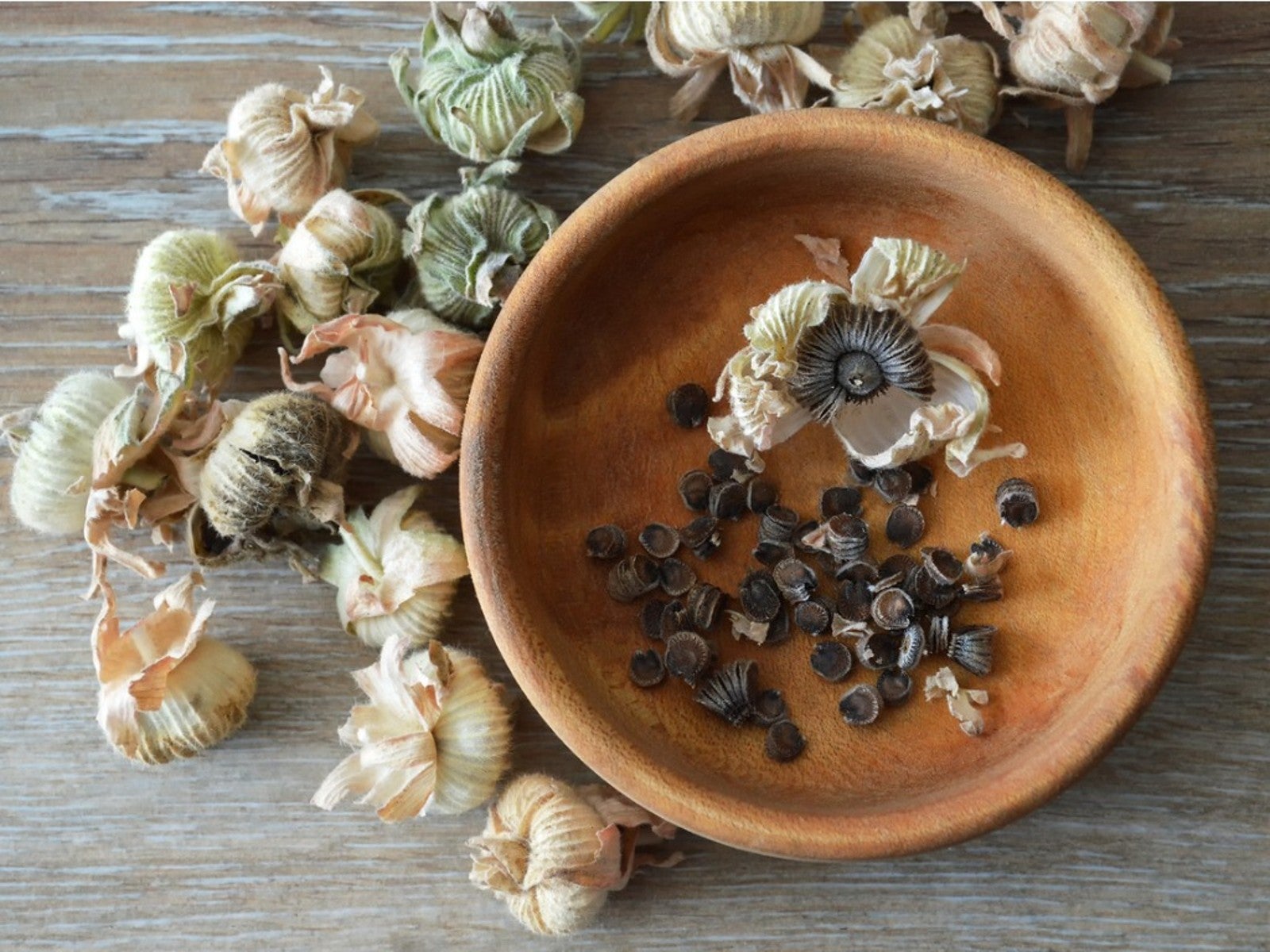When And How To Harvest Hollyhock Seeds


Hollyhocks are considered by many gardeners to be a classic cottage garden flower. Ranging greatly in color, both single and double hollyhock varieties can offer a stunning display in the ornamental garden. While taller varieties were more traditionally used in the back of flower beds to add interest, or to create seasonal privacy screens, newer cultivars are also available in more compact and dwarf forms.
Much like other open-pollinated types of flowers, the chore of collecting hollyhock seed is an easy way to multiply planting stock. Learning more about this process will be key in making certain that gardeners are able to grow their favorite varieties for many years to come. What do hollyhock seeds look like though?
How to Save Hollyhock Seeds
Understanding the growth cycle of hollyhock plants can be quite helpful for those who hope to learn about harvesting hollyhock seeds. Hollyhock plants are considered to be biennials. This means that the plant will germinate, grow, and bloom within two growing seasons. During the first season, gardeners can expect the production of large mounds of leaves. After the plant has overwintered, it will begin to put on new growth in the spring. In its second summer, each plant will elongate and produce flowers over the entire length of the stalk. As hollyhock blooms are often frequented by bees, pollination occurs readily. Once each flower has faded, gardeners should allow several weeks to pass before attempting to harvest the seed.
Hollyhock seed pods will begin to form at the base of each spent flower. At this time, all of the faded flower petals will have dropped from the plant. Generally, hollyhock pods are light green in color and have a somewhat flat appearance. As time passes, each seed pod will fade from green to shades of tan or brown. When this happens, each pod can be checked to see if the outer covering of the pod has become dry or papery. Mature seeds will be dark brown, and are often arranged tightly, in a coin-like pattern around the center of the pod.
Provided that the seed pods are dry, they can then be removed from the plant. Growers should always wear gloves when doing so, as hollyhock plants are known to irritate the skin of sensitive individuals. Collecting the seed at its peak maturity is essential. Seeds that have been harvested too soon may rot or fail to germinate completely. Though it may be tempting to leave the seeds on the plant for an extended period, mature seed pods are known to crack open on the stem, thus releasing the seed into the garden. It is for this reason that many experienced gardeners have found hollyhock plants to be a vigorous self-seeder.
Storing Hollyhock Seeds
After harvest, mature hollyhock seed should be allowed to dry further for at least one to two days. It can then be stored in a cool, dark place until planting time. Though growing hollyhock plants will require quite a bit of patience throughout the first seasons after planting, subsequent successions of this flower are sure to add old-fashioned appeal year after year.
Sign up for the Gardening Know How newsletter today and receive a free copy of our e-book "How to Grow Delicious Tomatoes".

Tonya Barnett has been gardening for 13 years. Flowers are her passion. She has transformed her backyard into a cut flower garden, which she regularly chronicles on her YouTube channel http://www.youtube.com/@tonyawiththeflowers.